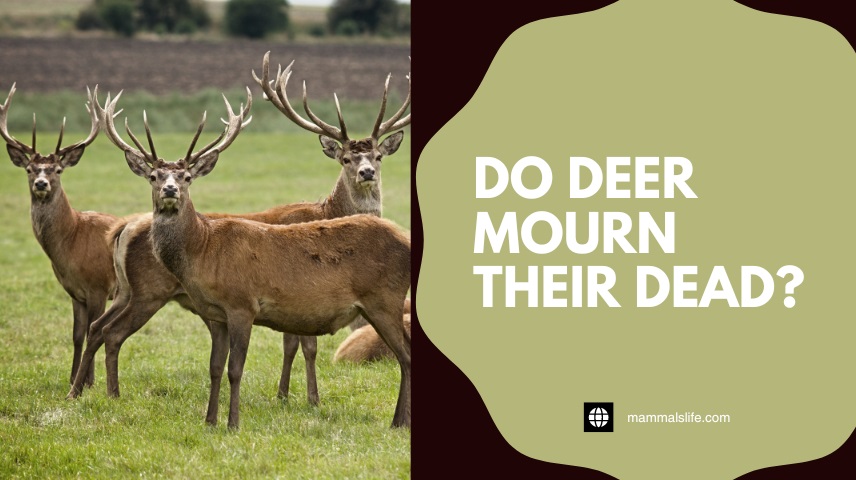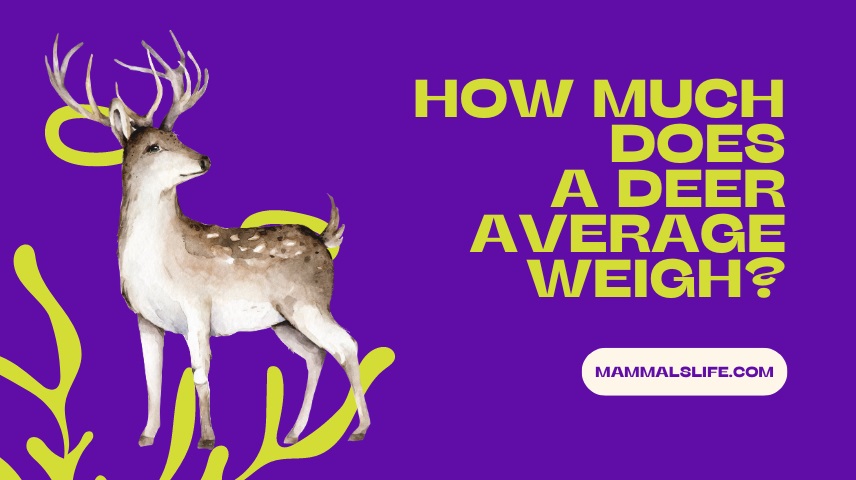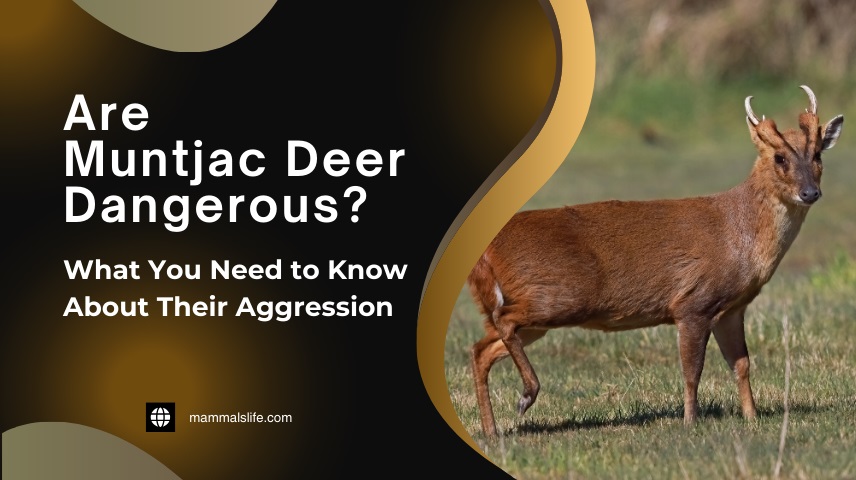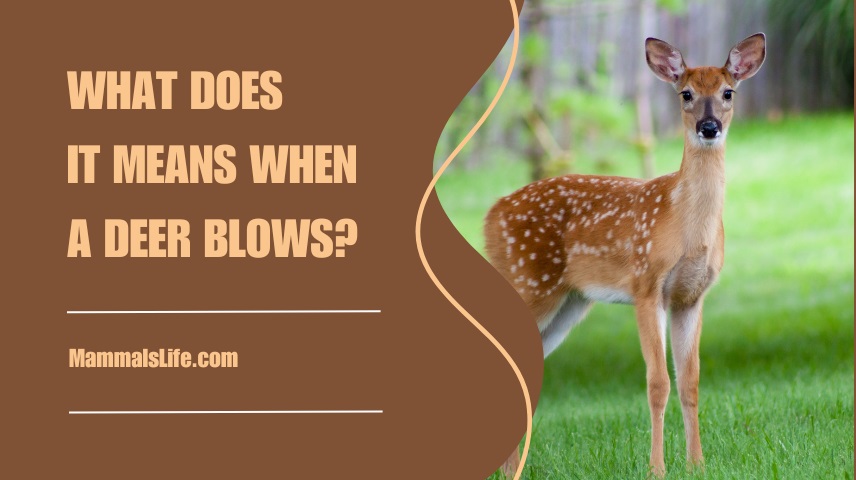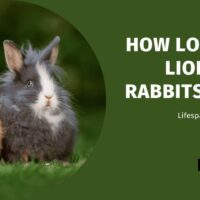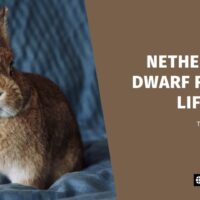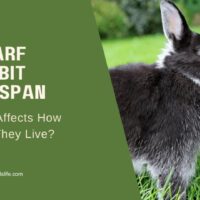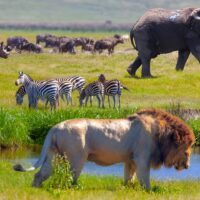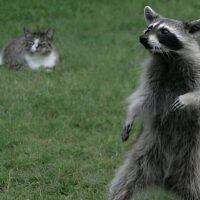Do Deer Mourn Their Dead: Deer show signs of mourning their dead through altered behaviors and lingering near deceased companions. Scientific evidence supports these observations.
Deer, like many animals, exhibit behaviors that suggest mourning. Observers have reported deer standing vigil over dead companions and displaying signs of distress. These behaviors raise intriguing questions about the emotional capacities of wildlife. This topic not only captivates wildlife enthusiasts but also contributes to our understanding of animal behavior and emotions.
Understanding whether deer mourn their dead helps deepen our appreciation of these creatures and highlights the complex social dynamics within animal communities. This exploration into deer behavior offers valuable insights into the emotional lives of animals and the broader ecosystem they inhabit.
Do Deer Mourn Their Dead?
Deer, like many social animals, exhibit behaviors that suggest an awareness of death within their herd. While there is no definitive scientific evidence that deer mourn their dead in the way humans do, some observers have noted behaviors such as lingering near the deceased, nudging the body, or standing vigil. These actions could indicate a form of recognition or response to loss.
In the animal kingdom, mourning behaviors are typically associated with more socially complex species, like elephants or primates. However, deer are highly social animals, and their reactions to a dead companion may suggest a basic level of emotional awareness or attachment.
Animal Mourning
Animals show strong emotions. Some may even mourn their dead. Understanding animal mourning helps us know more about their feelings and social bonds.
Defining Mourning In Wildlife
Mourning in wildlife means showing sadness after a loss. It includes behaviors like staying near a dead body, crying, or showing signs of distress. These actions help animals cope with loss.
Common Mourning Behaviors
- Staying near the dead body
- Touching or nudging the body
- Vocalizing or crying
- Withdrawing from the group
- Decreased appetite
Different animals show mourning in different ways. Elephants, for example, may touch and stay near their dead. Birds might sing or call out for their lost mate. These behaviors show the deep bonds animals have with each other.
Read More – Are Muntjac Deer Dangerous? What You Need to Know About Their Aggression
Deer Social Structures
Understanding the social structures of deer is crucial to exploring their mourning behaviors. Deers exhibit complex social systems that influence their interactions and emotional responses. This section delves into the dynamics of deer herds and the strong family bonds that exist within these groups.
Herd Dynamics
Deer live in groups called herds. These herds can vary in size. Some herds have just a few members, while others have many. The herd provides safety and social interaction for its members.
Leadership in a deer herd is usually by an older female. This leader guides the herd to food and water and keeps them safe from predators.
Communication within the herd is important. Deers use body language and sounds to communicate. This helps them stay together and warn each other of danger.
| Aspect | Description |
|---|---|
| Leadership | Older female guides the herd |
| Communication | Body language and sounds |
| Safety | Herd provides protection |
Family Bonds
Deer form strong family bonds, especially between mothers and their fawns. A mother deer, or doe, takes care of her fawns for several months. She teaches them how to find food and avoid danger.
Fawns stay close to their mothers. This bond helps them survive in the wild. Family groups often stay together even after the fawns grow up.
- Mother-fawn bond is crucial for survival.
- Fawns learn essential skills from their mothers.
- Family groups can include multiple generations.
These close family bonds suggest that deer may feel loss deeply. Observations of deer lingering near dead companions support this idea. Understanding these dynamics helps us explore whether deer mourn their dead.
Read More – Why Do Deer Stomp Their Feet? A Closer Look at Deer Warning Signals
Evidence Of Mourning In Deer
Deer are often seen as gentle creatures, but do they mourn their dead? Observations and studies provide insights into this emotional aspect of deer behavior.
Field Observations
Many wildlife enthusiasts have reported intriguing behavior in deer. These observations suggest that deer may feel sadness.
- Deer staying near a deceased companion for hours.
- Sniffing and nudging the body.
- Appearing visibly distressed.
Such behaviors might indicate a form of mourning. They show that deer are aware of their loss.
Scientific Studies
Scientists have also explored this topic. Several studies have been conducted to understand deer emotions.
Key Findings:
| Study | Findings |
|---|---|
| Behavioral Analysis, 2020 | Deer show signs of stress near dead companions. |
| Wildlife Journal, 2018 | Deer exhibit grooming behavior around a fallen mate. |
These studies add weight to the idea of mourning in deer. They reveal that deer may experience complex emotions.
Comparisons With Other Animals
Deer are fascinating creatures. Many wonder if they mourn their dead. To understand deer, we can compare them with other animals. Let’s explore the behaviors of elephants and primates.
Elephants And Grief
Elephants are known for their strong social bonds. They display clear signs of mourning. Researchers have seen elephants touching the bones of their dead. They stand near the body for hours or even days. Elephants also use their trunks to caress the deceased. They show sadness by drooping their ears and moving slowly.
| Behavior | Elephants |
|---|---|
| Touching the dead | Yes |
| Standing near the body | Yes |
| Showing sadness | Yes |
Primates And Loss
Primates also show mourning behaviors. Chimpanzees and gorillas have been seen grieving. They often stay close to the dead body. They may groom the deceased as if trying to comfort them. Primates sometimes carry the dead for several days. They seem to understand the concept of death.
- Chimpanzees stay close to the dead.
- Gorillas groom the deceased.
- Some primates carry the dead for days.
These behaviors suggest a deep emotional response. They indicate that primates and elephants mourn their dead. Comparing deer to these animals helps us understand their grief.
Read More – How Rare Are Piebald Deer? Exploring the Genetics And Occurrence of Piebaldism
Challenges In Studying Mourning
Studying mourning in wildlife presents unique challenges. Animals do not communicate emotions like humans. Researchers must interpret behaviors to understand animal mourning.
Behavioral Interpretation
Interpreting animal behavior is complex. Animals cannot explain their feelings. Researchers observe signs that might indicate mourning.
- Prolonged visits to the deceased
- Changes in eating habits
- Vocalizations near the dead
These behaviors might not always indicate mourning. They could be reactions to other stresses.
Ethical Considerations
Studying mourning in wildlife raises ethical issues. Researchers must avoid causing harm. Observing animals from a distance is crucial.
| Ethical Concerns | Solutions |
|---|---|
| Disturbance to natural behavior | Use non-invasive methods |
| Stress to animals | Minimize human presence |
Ethical research ensures animal well-being. It also provides more accurate data.
Implications For Wildlife Conservation
Understanding whether deer mourn their dead can impact wildlife conservation. Mourning behaviors suggest complex emotions in animals. These insights can change how we protect and manage wildlife.
Understanding Animal Emotions
Research shows that animals, including deer, display emotions. Signs of mourning may include staying near the deceased, vocalizing, or showing distress.
Scientists study these behaviors to understand animal emotions better. This knowledge helps in creating empathetic conservation strategies.
Improving Conservation Strategies
Knowing that deer might mourn can change how we approach conservation. Conservation strategies should consider emotional well-being.
- Habitat Protection: Ensure deer habitats support their emotional needs.
- Monitoring: Track deer behavior for signs of distress.
- Education: Inform the public about deer emotions and their importance.
Emotional well-being is crucial for healthy wildlife populations. Policies that acknowledge this can lead to more effective conservation efforts.
| Conservation Aspect | Emotional Well-Being Considerations |
|---|---|
| Habitat Design | Include areas for mourning and social interactions. |
| Population Management | Reduce stress and trauma during relocations. |
| Public Awareness | Highlight emotional needs in conservation campaigns. |
Understanding and respecting deer emotions can improve conservation outcomes. This approach benefits not only deer but entire ecosystems.
Frequently Asked Questions
Do Deer Mourn Their Dead Fawns?
Deer may show signs of distress when a fawn dies, such as staying near the body or nudging it. While these actions suggest a form of recognition, there’s no scientific consensus on whether this behavior qualifies as mourning in the emotional sense seen in more complex animals.
How Long Do Deer Mourn Their Dead?
There is no specific timeframe for how long deer may exhibit mourning-like behaviors. Some deer may stay near the deceased for hours or even days, but their behaviors are more likely instinctual responses rather than prolonged emotional mourning seen in more advanced species.
Do Deer Mourn Their Dead When They Die?
Deer are known to exhibit some signs of awareness when a member of their group dies, such as standing vigil or nudging the body. However, their reactions are typically short-lived and driven by instinct, not deep mourning in the way humans or certain other animals experience grief.
Do Wild Animals Mourn Death?
Yes, some wild animals mourn death. Elephants, chimpanzees, and dolphins show behaviors indicating grief, such as staying near deceased companions.
Which Animal Visibly Mourns Its Dead?
Elephants are known to visibly mourn their dead, showing behaviors like touching, caressing, and staying near the deceased.
When A Deer Dies, What Happens To Its Remains?
A deer’s remains decompose naturally, enriching the soil. Scavengers, insects, and bacteria help break down the body. This process recycles nutrients back into the ecosystem.
Do Deer Have Emotional Feelings?
Yes, deer have emotional feelings. They experience fear, stress, and even form bonds with other deer.
Do Deer Show Signs Of Mourning?
Deer exhibit behaviors like staying near the deceased, indicating possible mourning.
Conclusion
Research on deer mourning behavior offers intriguing insights. Evidence suggests deer may exhibit signs of grief. Understanding this can deepen our appreciation for wildlife. Further study can reveal more about emotional capacities in animals. Observing wildlife helps us connect with nature’s complexities.
Deer mourning behavior remains a fascinating topic for future exploration.

